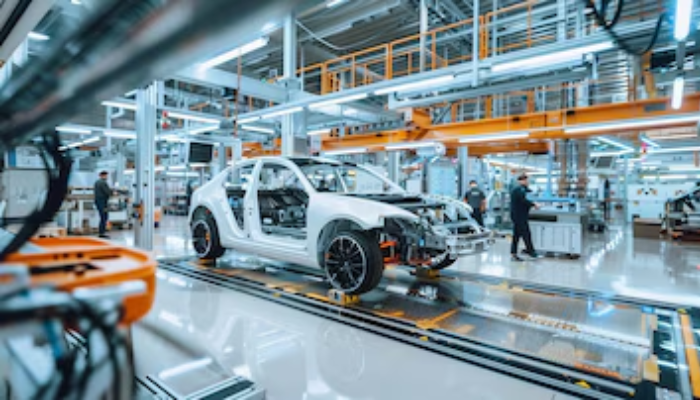Engines of Opportunity: Where America's Auto Jobs Are Revving Up in 2025

The American auto industry remains a powerhouse of employment, continuing to drive economic opportunity despite recent market challenges. As of February 2025, automotive manufacturing stands as a critical pillar of the United States' industrial landscape, providing thousands of jobs and supporting numerous local economies across the nation.
While technological advancements and shifts toward electric and autonomous vehicles have transformed the sector, traditional and emerging auto manufacturers continue to be significant employers. From assembly line workers to advanced engineering roles, the automotive industry offers a diverse range of career opportunities that span multiple skill levels and educational backgrounds.
Major automotive companies and their extensive supply chains contribute substantially to regional economic stability, particularly in manufacturing-heavy states like Michigan, Ohio, and Indiana. The industry's resilience is evident in its ability to adapt to changing market demands, investing in innovative technologies and workforce development to remain competitive on the global stage.
Despite facing headwinds from automation, global competition, and economic uncertainties, auto manufacturing continues to be a vital source of well-paying jobs for millions of American workers. The sector's ongoing evolution promises to create new employment opportunities while maintaining its crucial role in the nation's economic ecosystem.
